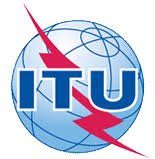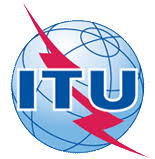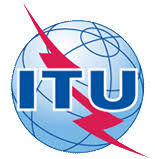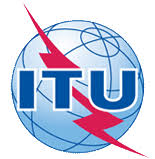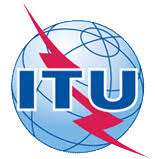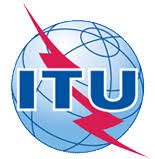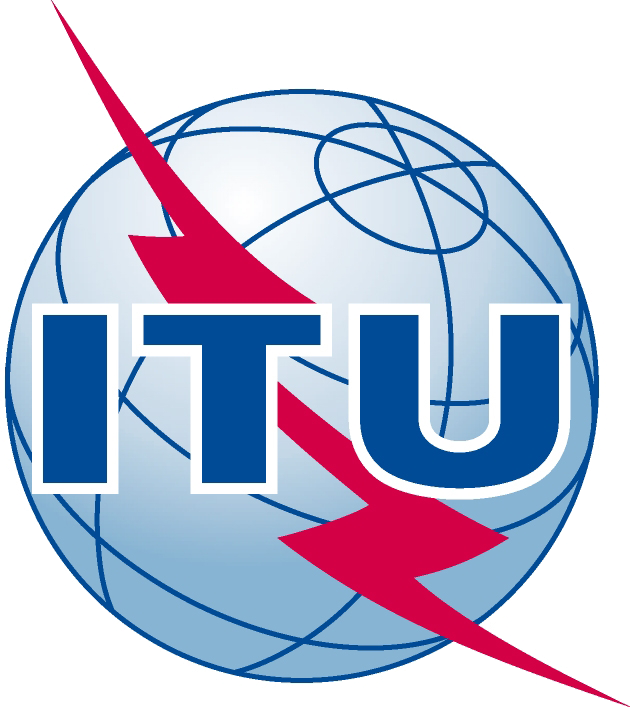Guideline on implementing the e-waste reduction target of the Connect 2020 Agenda
Recommendation ITU-T L.1031 describes a three-step approach to address the e-waste reduction target of the Connect 2020 Agenda. These steps consist of guidance on developing an e-waste inventory, approaches to design e-waste prevention and reduction programs, and the supportive measures required for successfully implementing the Connect 2020 e-waste target.
This Recommendation is intended to be utilized by relevant stakeholders to take their first step in addressing Target 3.2 of the Connect 2020 Agenda that is to reduce waste by 50% by 2020.
